JOHN COSMAS
Program Manager
home | practice & experience | representative work | portfolio | contact | site map | find
![]()
|
|
|
|
|
|
|
|
|
| ||||||||||||||||||||||||||||||||||||||||||||||||
|
|
This project was intended to enhance an existing MS Access sales management process, by standardizing the data entry forms, improving the reports and adding a comprehensive search tool that allows rapid access to the entire collection of sales data - including order notes, products and status information. A DASHBOARD model was adopted to help the sales and office personnel to engage operations in a far more responsive manner, and remove them from the traditional SWITCHBOARD design that rarely provokes user response, while the former intends proactive intervention throughout the process.
The features included into the design were:
The tabbed interface organizes information so that the user may view sales information in an ordered manner without the added confusion of notes, or historical data. TRANSACTION HISTORY was added to enable users to view the various activities that have occurred on an order. This helps to maintain a progressive view of the evolution through various STATUSes of an order, which offers enhanced marketing and sales opportunities for current and future bidding processes. By integrating an OUTLOOK type GUI model, the application adopted a radical change from the SWITCHBOARD model which is often proved to lack user responsiveness. The DASHBOARD mechanism embedded into the OUTLOOK model allowed the user to quickly traverse orders, status and customers in a cohesive representation. It is designed to list customer data ordered by status and activity. A CONTACT EDITOR was introduced to help manage contact information resembling the model used in VISTA which is more friendlier and useful. The same approach was adopted in the PROJECT EDITOR which allowed the user to view a project with accompanying product orders in an ordered fashion. To accommodate the large volume of project retrieval, a SEARCH tool was introduced which is designed to search through layers of projects, products, contacts and notes. Enhanced reports were used by reusing the same reports with various rendering were employed to reduce the number of report templates typically required in traditional ACCESS applications, by simply manipulating queries and report controls. As a result of this technique, REGIONAL SALES MANAGERS would simply reuse the same report, but the underlying queries would be smart enough to query their respective names and render the desired results by using just a few lines of code, whereby reducing the size and complexity of the reporting forms.
|
|
To accommodate the growing need to manage sales and orders for their Pipe Coating division, an existing MS Access application was enhanced to include sales automation, reporting and quality control features that would serve the needs for sales, operations, engineers and quality control technicians alike. The improved features would allow users to traverse operations through a client-server application with enhanced performance and greater value by allowing them to enter/modify critical product information about each order and specific notes to ensure the highest quality and productivity.
In the span of a year into development, a critical enhancement required a data-driven model to be adopted. This was done explicitly to enable periodical settings, parameters that is used to designate changing operational conditions, quantities and costs to reflect the most current information. In this way, a order from a previous period would reflect the costs recorded within the given period, while orders at a later date will reflect the costs and settings for its current time. The simultaneous migration into the 64-bit CITRIX environment caused a change in coding and use of controls so that the LISTBOX control would be used in replacement of the JANUS GRIDEX control which proved to me useful under the circumstances.
Other user centric features include:
The radical move to the DASHBOARD model allows for user to become increasingly reactive to operations based on calculated data, critical dates and order states. The improved model also features a comprehensive search tool which allows the user to find orders based on order information, products, contacts and notes simultaneously. Whenever an organization needs to update costs of operations - whether its labor, coatings, related settings and product quantities are to be changed, such information must also reflect the original values used in the past without compromising the order or underlying data integrity. The introduction of multiple note entries alleviates the traditional problem of record-locking and overwrites so that various user entities can enter information while viewing the same order. By reusing core reports, the same information re-arranged to serve management and sales would be utilized while maintaining the relative size and usability of the application. After 2 years of use, the application has served it intended purpose, including its impressive ability to automatically copy the previous year's settings, costs and parameter to be instituted for a new year with little or no user intervention. This efficient feature enables the user to only change information that requires updates while preserving integrity and reducing errors commonly introduced during periodic configuration protocols that is not exercised with regularity.
This application is currently entering it's 3rd year of service since its implementation back in 2005 and will continue to see service without dramatic reduction in performance as it automatically COMPACTS its size to alleviate an over-sized database file.
In the near future release of this application, additional features that will interface with LOTUS Notes and underlying Edward Jones systems will dramatically improve the way front-line sales business is performed, by introducing new ways to enhance sales automation, reporting and workflow methodologies that will offer a focused view of doing business.
|
| ||||||||||||||||||||||||||||||||||||||||||||||||
Privacy Policy | Terms of Use
home | practice & experience | representative work | portfolio | contact | site map | find






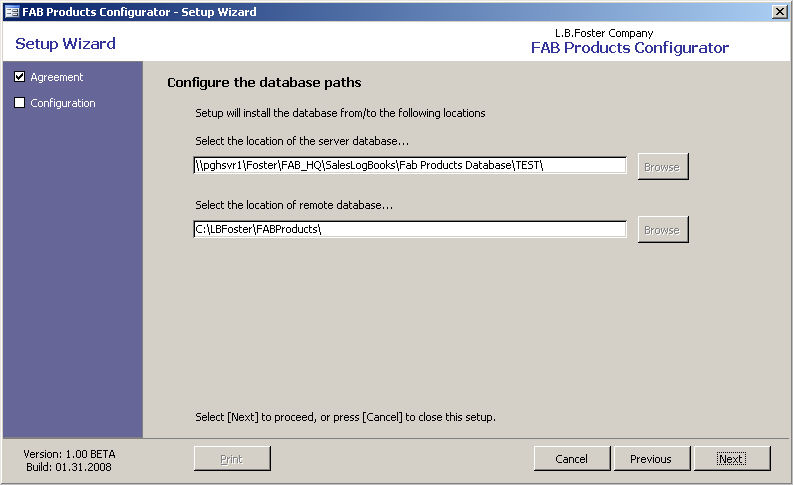
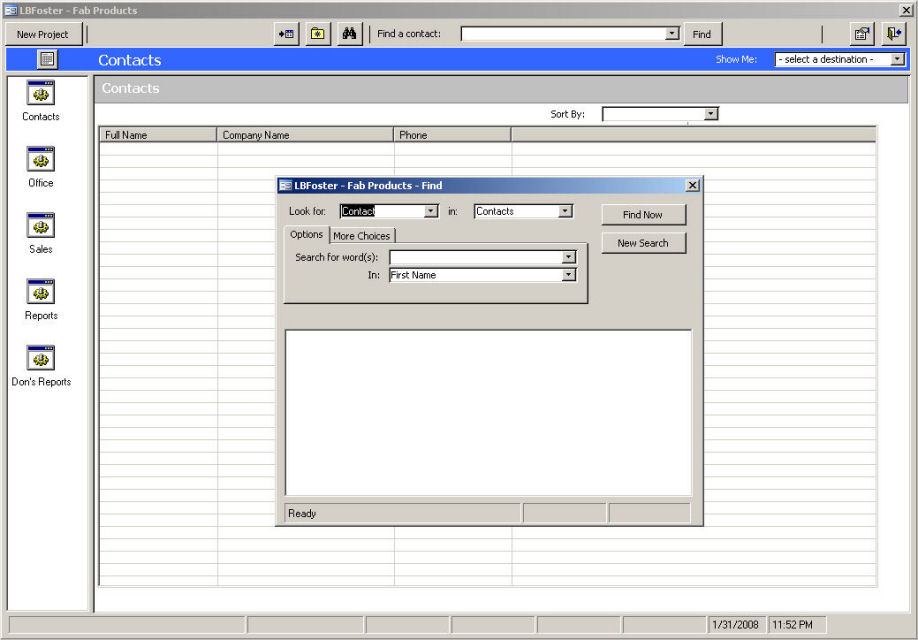

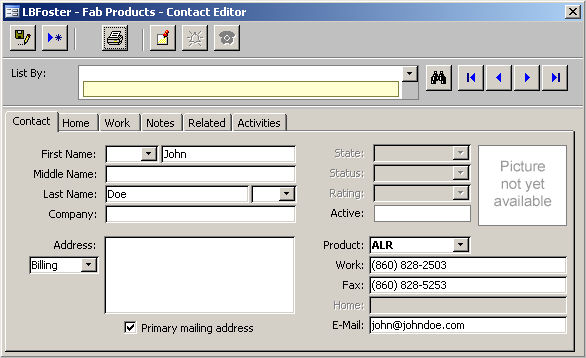
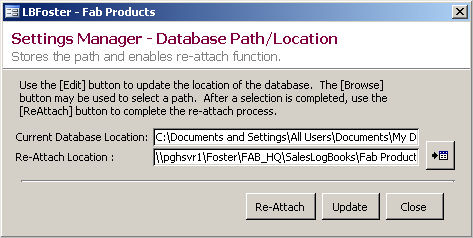
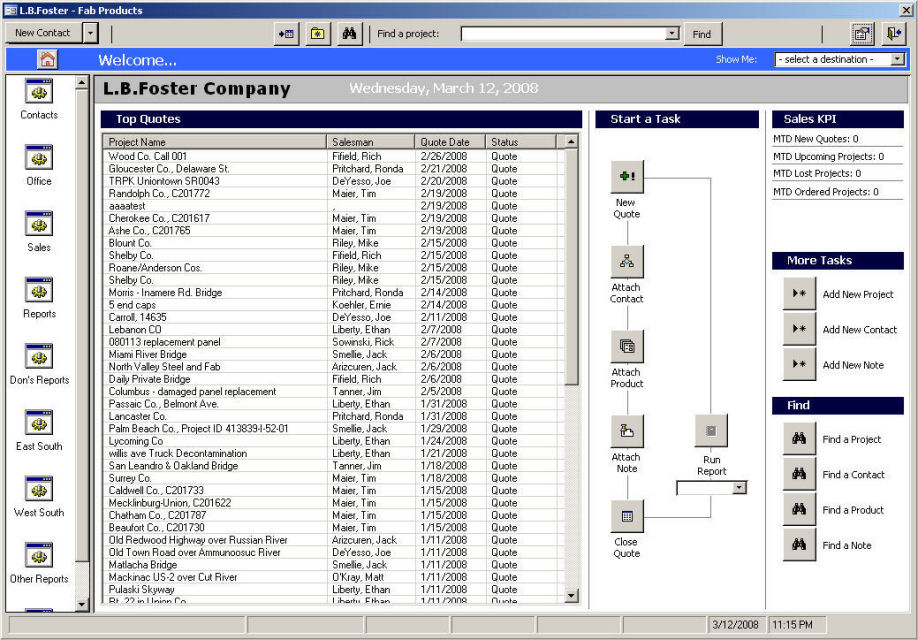

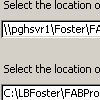

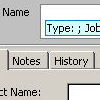
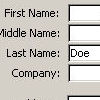
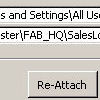
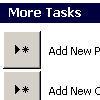






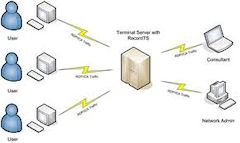 This organized solution was made available across the wire to roaming sales agents
through REPLICATION, which eliminated having to open the application directly
through the VPN connection. Using the VPN connection previously was slow
and cumbersome, and it added the complexity of disconnections, weather problems,
bandwidth and did not accommodate those who traveled. The REPLICATION
feature was complemented by the MS ACCESS based SETUP wizard that was developed
exclusively to control the SETUP and SYNCHRONIZATION process. By doing
this, no additional SETUP coding with VB.NET or VB would have to be attempted,
but reliance on existing VBA methods were utilized efficiently.
This organized solution was made available across the wire to roaming sales agents
through REPLICATION, which eliminated having to open the application directly
through the VPN connection. Using the VPN connection previously was slow
and cumbersome, and it added the complexity of disconnections, weather problems,
bandwidth and did not accommodate those who traveled. The REPLICATION
feature was complemented by the MS ACCESS based SETUP wizard that was developed
exclusively to control the SETUP and SYNCHRONIZATION process. By doing
this, no additional SETUP coding with VB.NET or VB would have to be attempted,
but reliance on existing VBA methods were utilized efficiently.